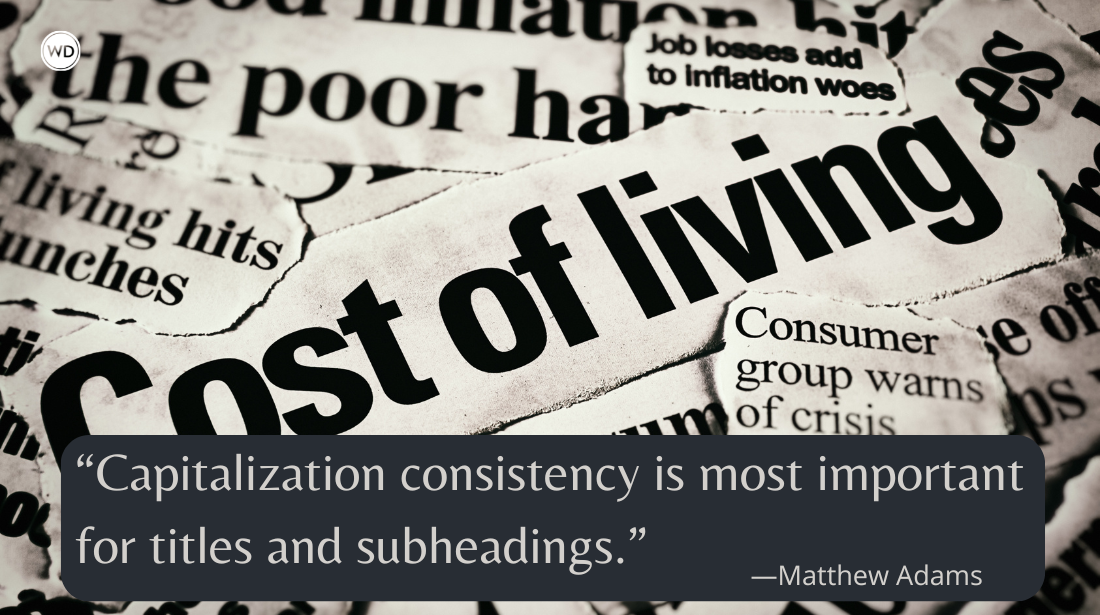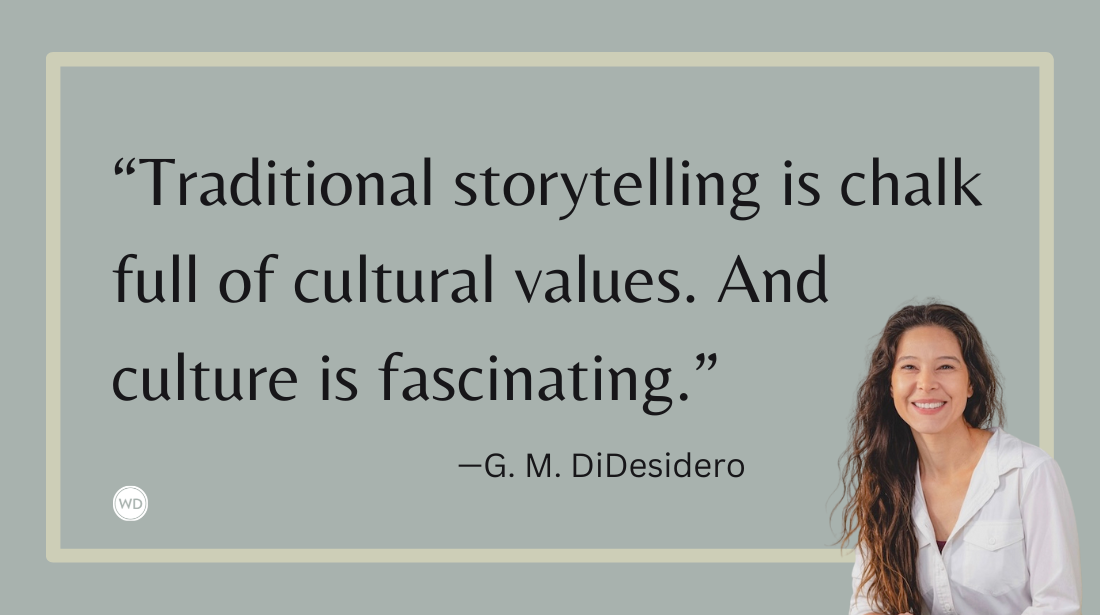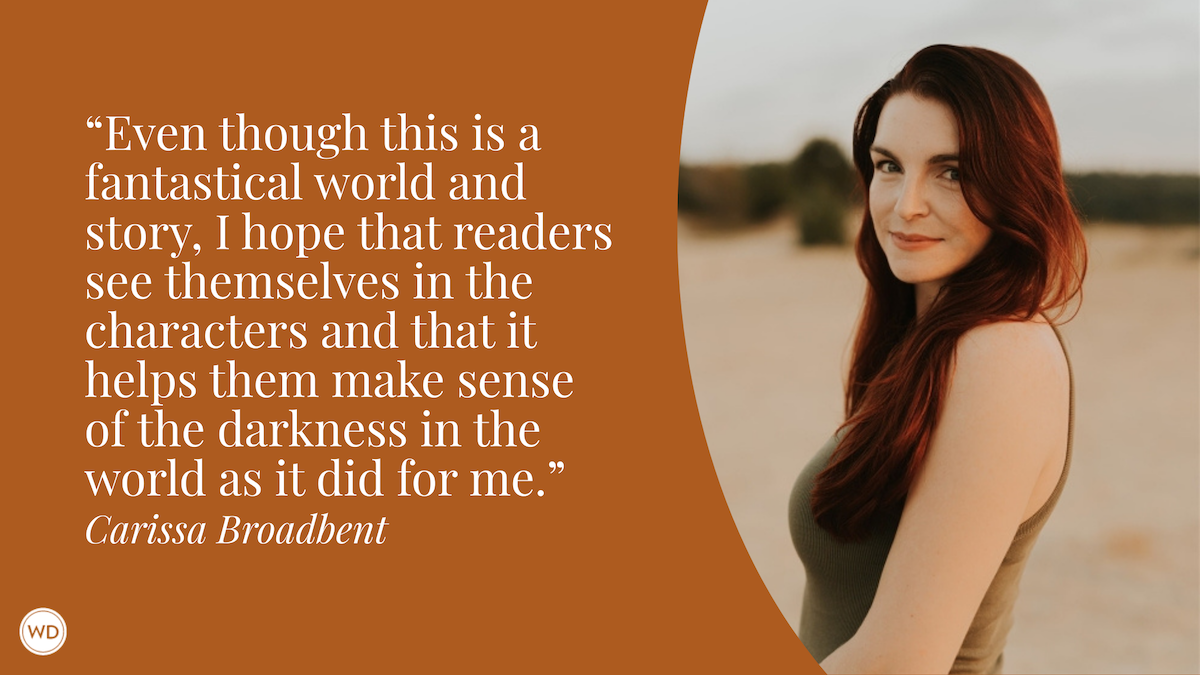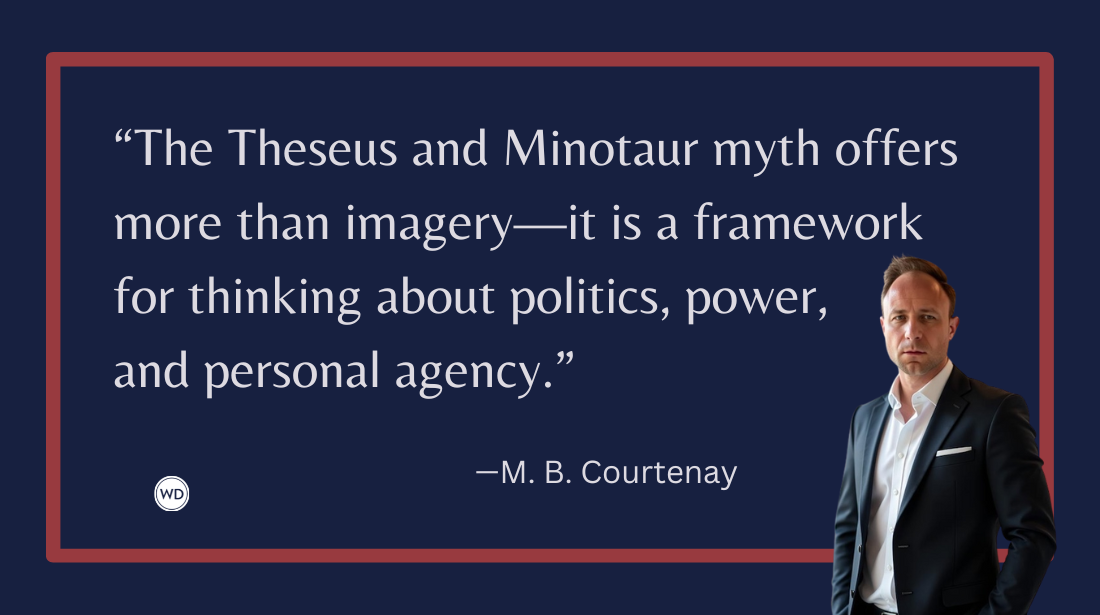Building Picture-Book Characters: 5 Elements You Need to Know
In this excerpt from Ann Whitford Paul’s new book Writing Picture Books, Revised and Expanded Edition, learn the five fundamental elements you should know inside and out about your picture-book characters.
Picture books may be simpler than adult fiction in some ways, but one aspect that requires an equal amount of time and care is character development. Just as in fantasy or mystery or romance fiction, children's fiction writers must know their picture-book characters inside and out. In this excerpt from Ann Whitford Paul's new book Writing Picture Books, Revised and Expanded Edition, learn the five fundamental elements you should know inside and out about your picture-book characters.
1. NAME
Names should be word pictures of the character. Michelle Knudsen named her character Big Mean Mike. Would Big Mean Joshua carry the same impact? What kind of character might you name Amanda, which comes from Latin and means “worthy of love”? Would you name a happy-go-lucky child Miriam, which has origins in Hebrew and means “sea of sorrow, or bitterness”?
What type of character might have a hard-sounding name like Curt? What personality might a boy need in order to be named Misha, with its soft sounds? Or should you defy expectations and name the gentle character Curt and the tough guy Misha? I’m working on a story about dogs. I had fun naming the dalmatian Blaze and the chihuahua Thimble.
While discussing names, here’s the fastest way to get your story noticed by an editor for the wrong reasons: giving your characters alliterative names, like I did in one of my earlier stories. What I did not realize was that naming characters like Sammy Skunk and Billy Beaver shouts “cute” and “lack of respect for the child listener” and makes it easy for the editor to drop your story in the form-rejection-letter pile or not even bother with a response.
What is the matter with calling your characters Skunk and Beaver? In Mañana, Iguana my characters are named Iguana, Tortuga (Spanish for “turtle”), Culebra (“snake”), and Conejo (“rabbit”). Imagine if I’d named them Ida Iguana, Tommy Tortuga, Cathy Culebra, and Connie Conejo!
A good rule of thumb is to simply call the animals what they are (e.g., Bear, Mouse, Duck, Frog, and Mole), which Phillip C. Stead does in his book Bear Has a Story to Tell. Or give the animal a single human name like Lori Mortensen does in her book Chicken Lily. Throughout the book she just goes by Lily. Not only is she truly a chicken, but she also is chicken, i.e., shy, about writing and reciting a poem.
Also, try not to give characters names that might confuse the child listener. Names that are too similar like Matthew and Martin probably belong in separate stories. The name of your character will usually indicate the sex of the child, unless you are trying to keep this ambiguous. Susan and Sally are obviously girls’ names. Justin and Jacob are boys’ names.
However, if I named a character Kirby, after my friend and Newberry Honor–winning author Kirby Larson, it might not be so clear. She frequently gets mail addressed to Mr. Kirby Larson. Giving your character a nickname is fine, but if you want it to be easy to remember and enrich your characterization, you should give a short explanation of its origin.
2. BIRTHDATE AND AGE
The birthdate helps place your story in a historical period. A five-year-old child born in 1700 will be unlike a five-year-old child born in 2018. And probably named differently, too. Zebadiah is rarely the name of a child born in 2018. If you write about a child born in the mid-1700s, you can use words like carriage, blacksmith, and hornbook—words you wouldn’t choose if your character were born today.
How old is your character, and in what ways does age influence his behavior? A two-year-old behaves unlike a four-year-old or an eight-year-old. Does your character act his age? Does he speak in baby talk? Maybe he tries to act tough like his big brother. Perhaps the other characters assume he is older or younger than he really is.
3. APPEARANCE
If your character is an animal, state that. It is important to know. Sometimes I keep a photograph from family snapshots or clippings from magazines and newspapers that resembles my character. Note that the illustrator may paint a character far removed from what you imagine. However, having a picture in your mind, whether or not it matches the illustrator’s, makes for strong writing.
Think about whether your character spends lots of time on appearance or if such concerns are of little consequence to him. Is he generally pleased with how he looks? Is he neat or sloppy? What kind of clothes might he wear? Health might be important here, too. Maybe your character exercises a lot or gets sick often.
4. RELATIONSHIPS
Start first with family, especially if they are important in the story. Who are the parents, siblings, and extended family? It’s not enough to just give names here. Let the reader know about their personalities and interactions.
What problems does your main character have with them? Is the family from a foreign country? If so, explain any activities or beliefs that are unique to their culture and whether they like their new home. Family income may be relevant if it affects your main character. The frequency with which he sees his parents could be a factor in their relationship. What about friends? Neighbors? Teachers? We might need to know how your main character feels about them, too.
5. PERSONALITY
I’ve saved the most important area to focus on for last. Look at picture books you love, and think about the characters. How would you define Sophie’s personality in Sophie’s Squash? What about Ralph in Ralph Tells a Story by Abby Hanlon? Are they similar? Differentiating between characters in published books will help you better define your own characters.
List your character’s strengths and weaknesses, attitudes, fears, obsessions, special talents, and hobbies. Does your character have a favorite saying like “Go for it!” or a habit of tapping her fingers when she is bored? Try writing yourself a letter from your character about what happens in the story—it will help you hear her voice directly.
Do you feel the five elements of character discussed so far are not enough for you? Maybe you’ve completed them and need to delve deeper into your character before you write or revise.
If so, read more in Ann Whitford Paul's WRITING PICTURE BOOKS, Revised and Expanded Edition, or get it as part of the Writing & Selling A Children's Picture Book Ultimate Collection, which includes 8 resources for children's book writers.









